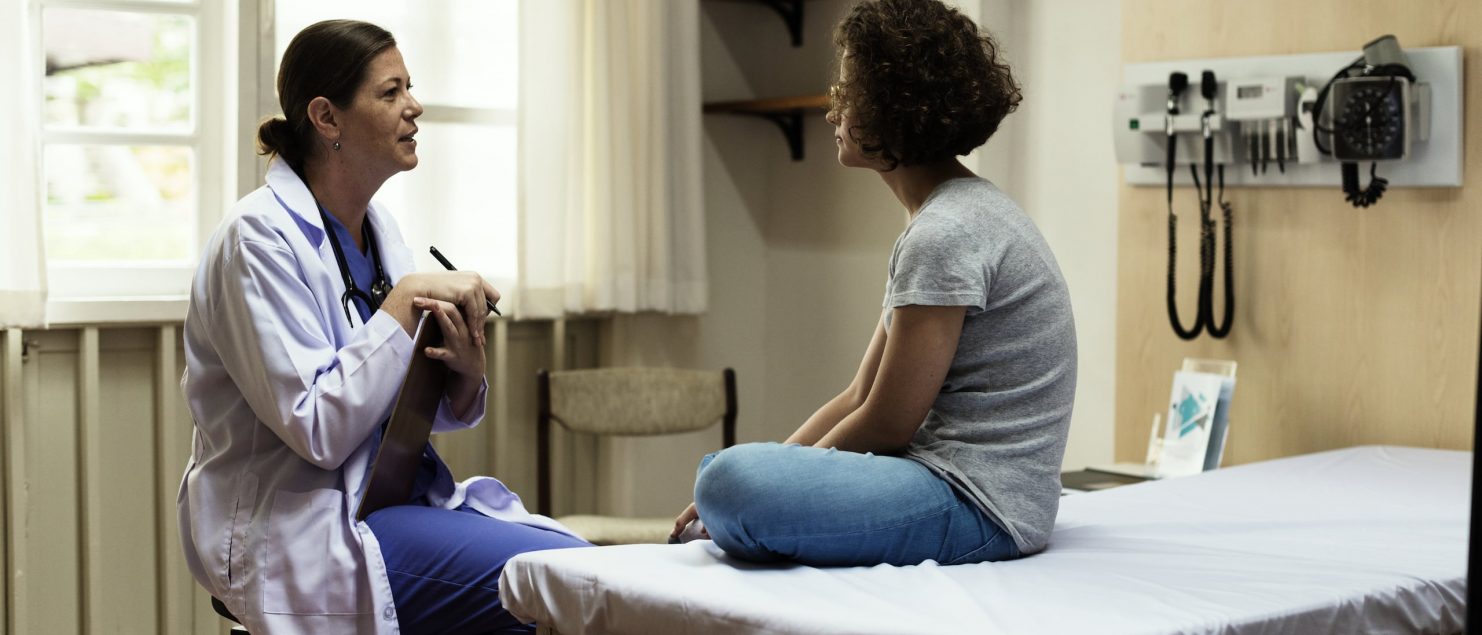Healthcare Platform: District Health Information System – DHIS2
Every project is a learning opportunity – not only from the process of coming to a solution but also from the team. And, as energising as commercial projects can be it is enthusing working with a focus squarely aimed at benefitting populations. District Health Information System (DHIS) now in its second version, a Public Health Informatics and MIS application, is a project that I’ve had the fortune to participate in for Department of Informatics, University of Oslo (UiO), Norway.
DHIS2 is an open-source software product used in over sixty countries across the EU, Middle-East, Africa and Asia. There is also an installation in South America and a development outpost in the USA. Sundeep Sahay, Jørn Braa and Kristin Braa initiated the idea for the system and developed DHIS as part of the Health Information Systems Programme at the University of Oslo.
The original DHIS began as many different parts of Microsoft Office blended. And, interestingly as it’s always great to hear disruptive stories, the idea for DHIS grew out of the dissonance between clinical information systems aimed exclusively at different ethnic groups in pre-apartheid South Africa that made overall data management a challenge if not an impossibility. Working with the post-apartheid ANC government, the cloud-based DHIS2 software, now in its fifteenth year became the defacto for Health Information Management for South Africa and, saw the product requested across other countries across Africa, Asia and subsequently more widely.
As a UX Designer, it has been quite a while since I have had an acquaintance with the term Information Systems. I remember its use back as an undergraduate in my Human-Computer Interaction (HCI) and Communications course, but it isn’t a term I often encounter any more. Wikipedia describes information systems as “the study of complementary networks that people and organisations to collect, filter, process create and distribute data.” DHIS2 is a platform that facilitates in-house or third-party modular information systems or apps, that encompasses clinical health data but is also concerned with people, environments, events and leveraging the interoperability between these factors, rather than solely focussing on the software as the salvation of better productivity.
This project is, therefore, not focussed alone on the software but broadly on what it calls its “network of actors”. The network being the large number of affected and affecting stakeholders – national and local governments, NGO’s, clinicians, technologists and the like, and also academics embarking on healthcare PHDs that allows them to work on the programme of development around DHIS2’s installation, training and development locally and as part of the global community. Once the proprietary tendency of healthcare information systems and the challenge of interoperability is appreciated, DHIS2’s proliferation and wide-spread acceptance is remarkable, a veritable beacon of aspiration for Public Health where systems are often hankered by their being proprietary.
This project is the third Healthcare related one worked on, narrowly missing the NHS project through the former design agency Oyster. The first healthcare project predating working on the NHS project, a call-centre medical claims management system, for what is now part of Simply Health; the second, a voice recording system used for both legal (the area focussed on by the UX agency that oversaw the work) and medical environments for recording notes and transcription workflows. The last project being a series of website recommendations for a franchise of cosmetic surgeries distributed across Europe and Asia.
More updates will follow as the project progresses.


